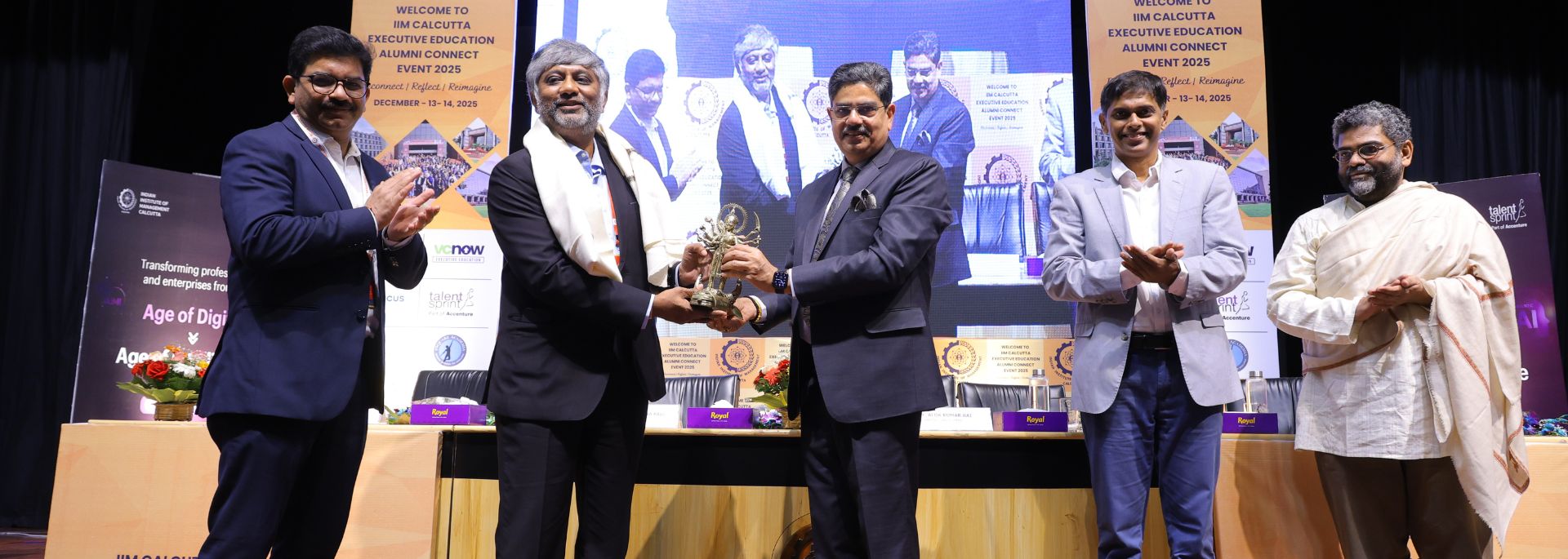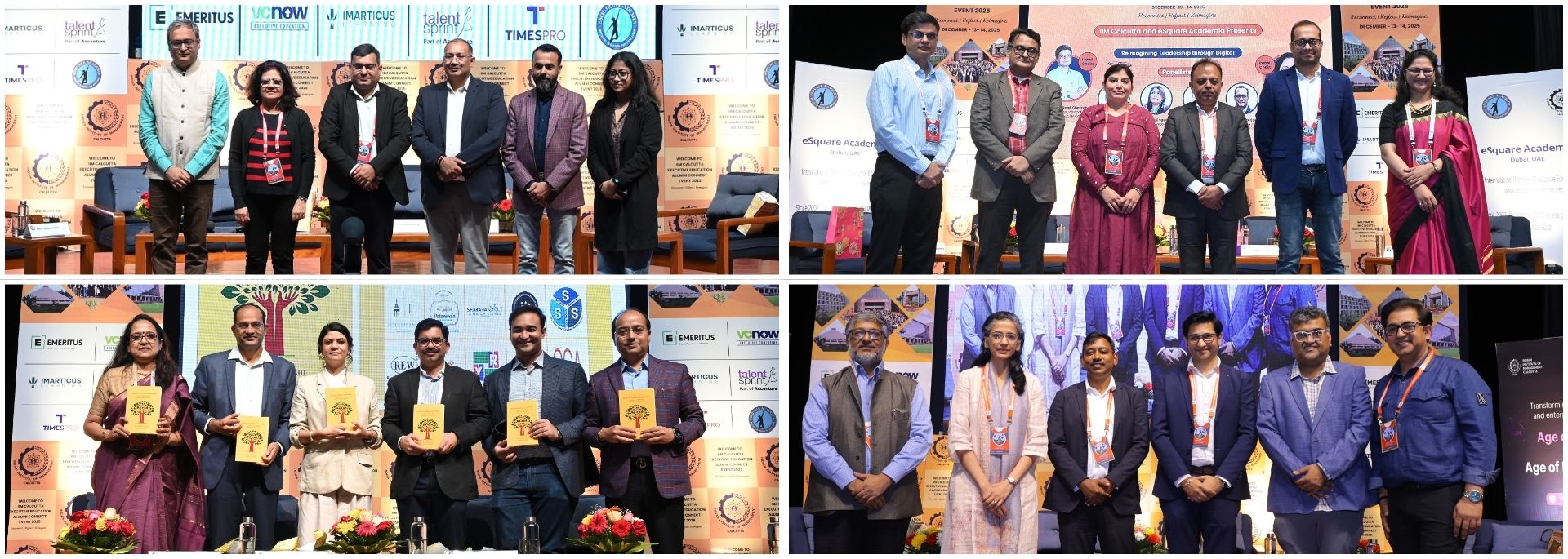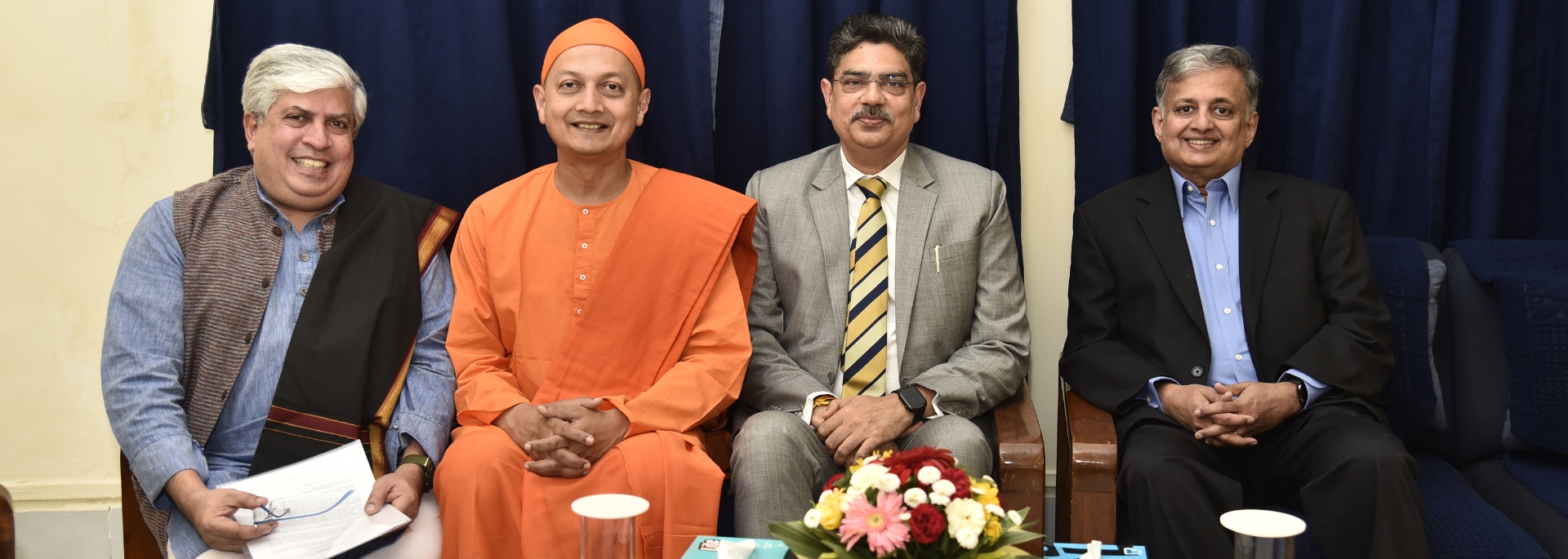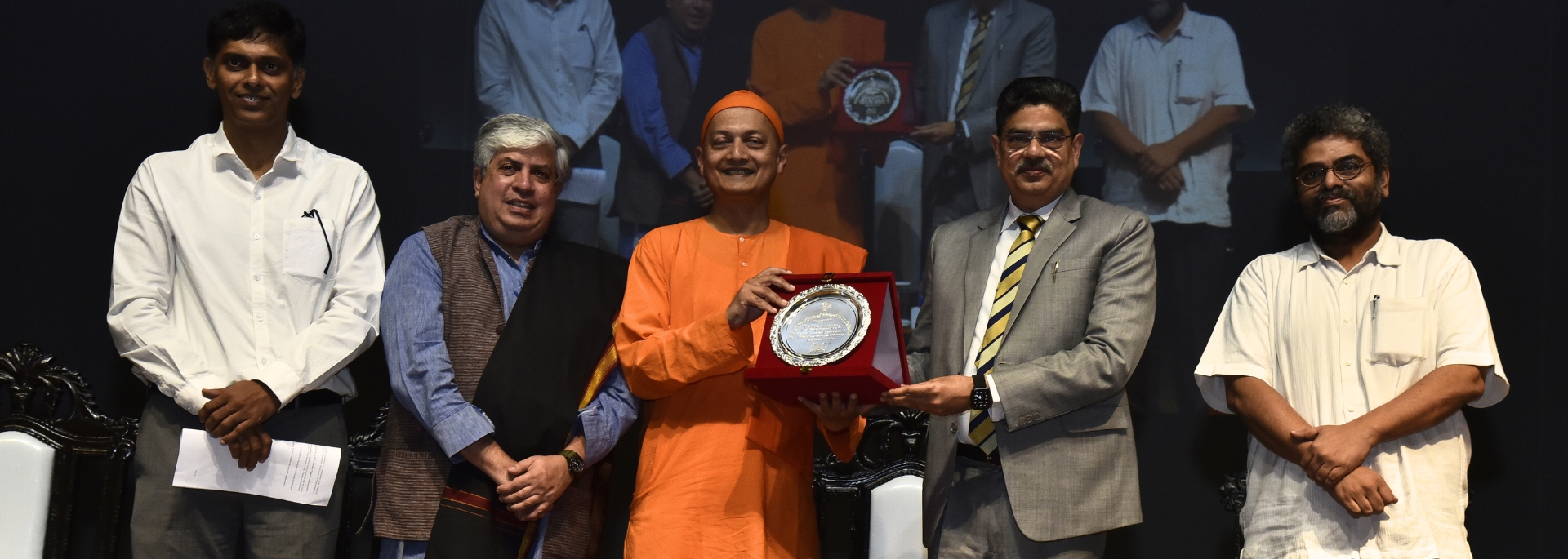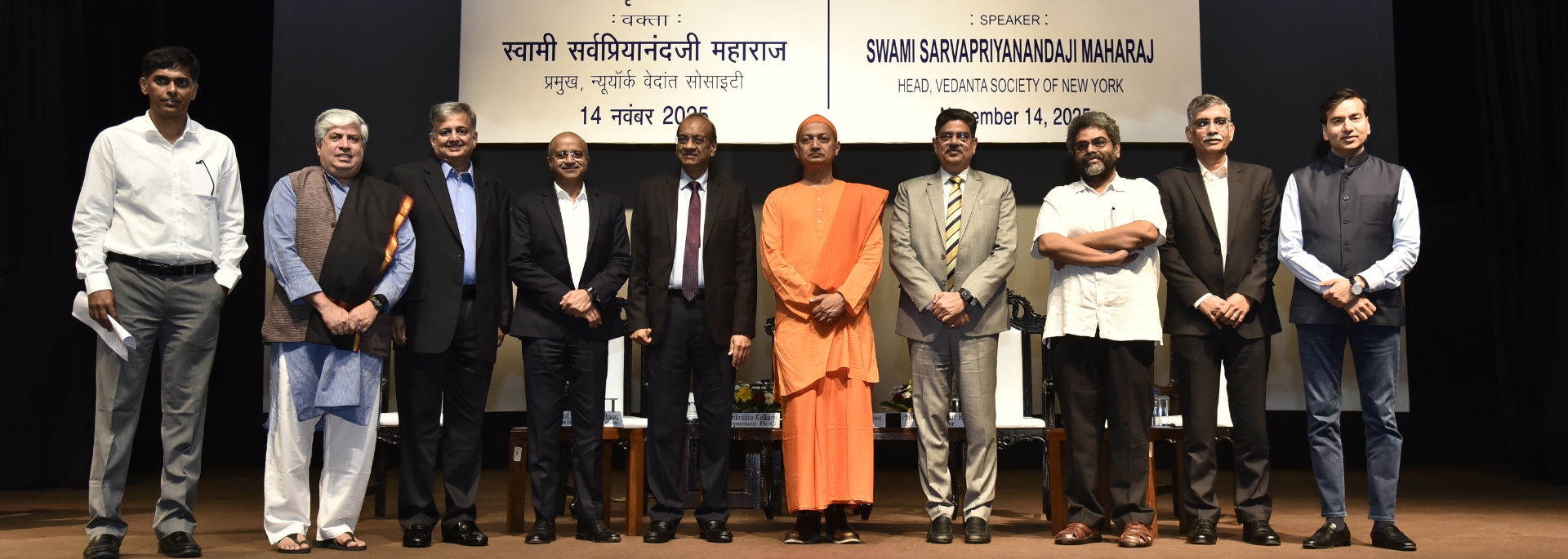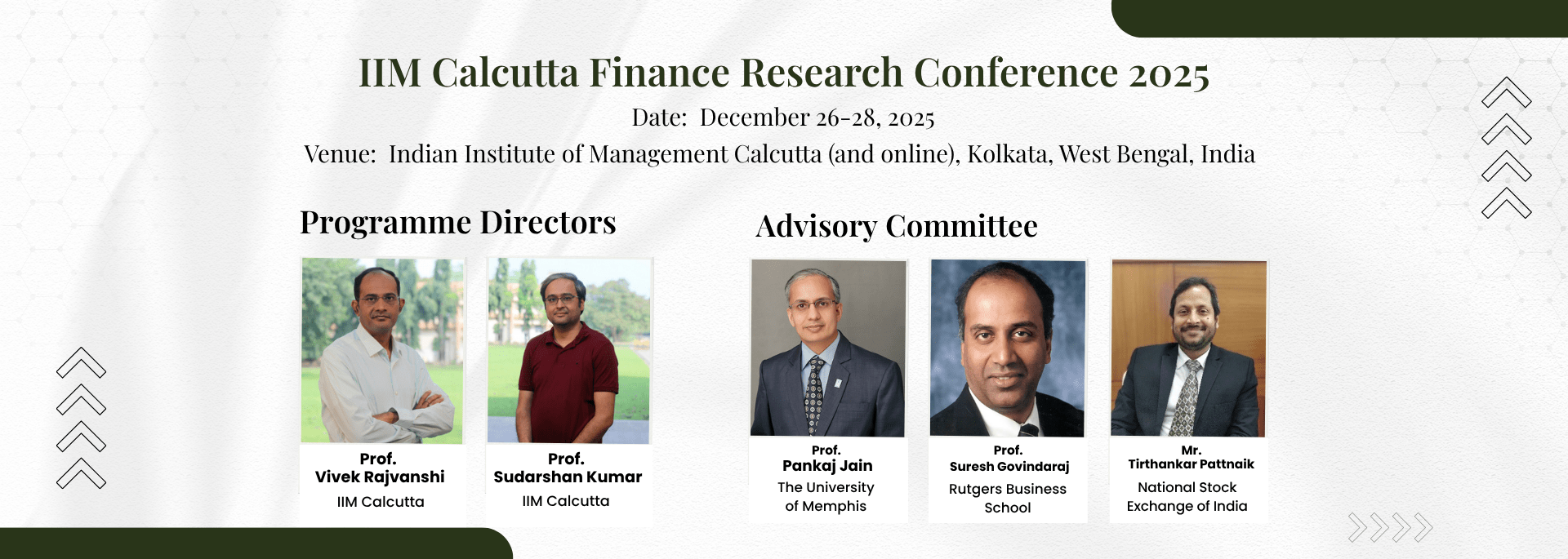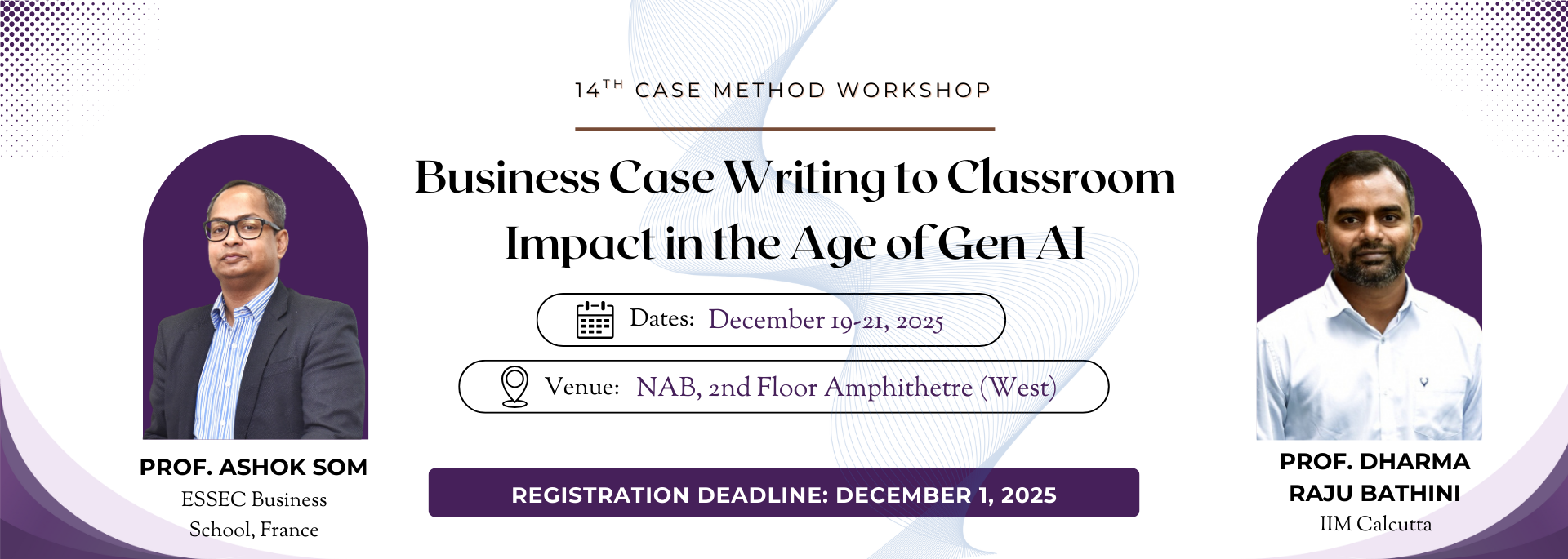Business Standard
Devi Ahilya Vishwavidyalaya established in 1964 as University of Indore, reminds us of the great ruler Devi Ahilyabai Holkar who was a benevolent ruler of Malwa and commands great respect. The association of her name with the university places great responsibility on the university to combine its role in higher education with service to society.
It is said that India lives in villages. This is particularly true for Madhya Pradesh, a tribal - rural area-dominated state, with more than 72 per cent population living in rural areas. The ratio of tribal population to the total population in Madhya Pradesh is about two and a half times of that at the national level. Furthermore, there are 40 tribal development blocks out of 54 development blocks in the eight districts of Indore division. This implies that challenges of higher education in Madhya Pradesh are higher than those at the national level. Adequate interventions in terms of policies, plans and approaches are needed for the education of students drawn from tribal and rural backgrounds.
Friends, education separates light and darkness; advancement from backwardness; excellence from mediocrity. If one investment can truly define a subtle linkage to future progress, it is education. Countries built on the strength of education and knowledge have achieved development over longer periods of time. Such countries have exhibited greater adaptive powers to changes in resource endowments. If India has to be one of the front-ranking nations in the world, the way ahead is only through a robust education system. Accordingly, the government proposes to set up an Education Commission to draft a new education policy. The last modifications to the National Policy on Education was made in 1992. The country has witnessed tremendous changes since 1992. A new, comprehensive National Education Policy is the need of the hour in order to attune education to meet global challenges and address issues of quality, research and innovation as well as capitalise on the "demographic dividend".
India has a sizeable number of young people, with two-third of the population below 35 years of age. Their proper grooming is essential as they are our future. Sadly, enrolment in higher education is below 20 per cent in India. Recognising that this is not enough and may drag down the potential of our future generation, rapid strides have been made to expand the higher education infrastructure in recent years. The government now proposes to establish institutions of national importance such as IITs and IIMs in all the states.
Yet, if we undertake an honest analysis of the state of higher education in our country today, it is evident that many higher academic institutions lack the quality to produce graduates for the global market. I have been sharing my concerns about the performance of Indian institutions in world university rankings during my visits to the universities. Not a single Indian university figures in the list of top 200 universities in the world.
We must transform our Universities into world class institutions. Indian civilisation has a long-standing knowledge tradition. Our ancient universities - Takshashila, Nalanda, Vikramashila, Valabhi, Somapura and Odantapuri - were renowned seats of learning that attracted scholars from outside.
I am happy to find that our institutions have started to accord due seriousness to the rankings process. In September last year, the Finance module of IIM, Calcutta was adjudged by a reputed agency as the best amongst business schools offering the Master of Management programme. In the World University Ranking done subject-wise by another reputed agency, two IITs - Madras and Bombay - are amongst the top 50 institutions in civil engineering, while IITs - Delhi and Bombay - are in the top 50 in electrical engineering. I want our institutions to build up on these micro-level successes and achieve a much higher overall ranking.
Faculty is the bedrock of education. The quality of teachers determines educational standards. Several measures are required for faculty development. Vacant teacher positions have to be filled up on priority. Talented faculty from abroad must be hired to inject new thinking and diversity in academic approach. The Scholar-in-Residence 'ENCORE' programme and Faculty Recharge Programme of the UGC should be utilised better.
Many ills that afflict efficient functioning of our universities stem from the lack of good governance practices. Governance structures have to promote faster and transparent decision-making. In this context, the induction of reputed alumni into the governance mechanism could provide the dynamism that our institutions are often in short supply of. Alumni expertise can also be drafted to review existing courses and introduce new ones.
Technology is a knowledge carrier and information disseminator par excellence. Knowledge networks facilitate intellectual collaboration. They mitigate physical constraints as well. Effective use of technology-based media for greater academic exchange is the need of the hour. The government intends to promote launching of massive open online courses, virtual classrooms and also establish a national E-library.
It is now over 80 years since an Indian university produced a Nobel Prize winner. The last person to win the Nobel Prize while working in India was C V Raman in 1930. Amartya Sen, S Chandrashekar, Hargobind Khorana and Vekataraman Ramakrishnan were all graduates of Indian universities but obtained their Nobel Prizes while working in US universities.
If we have to change the above situation, the neglect of research in our universities must be reversed. We must adopt multi-disciplinary approaches in our academic system since most research activity requires the meeting of minds from diverse disciplines.


